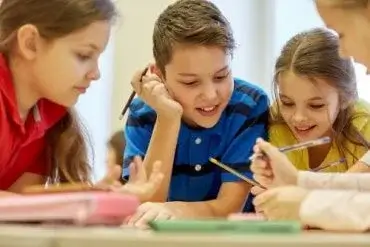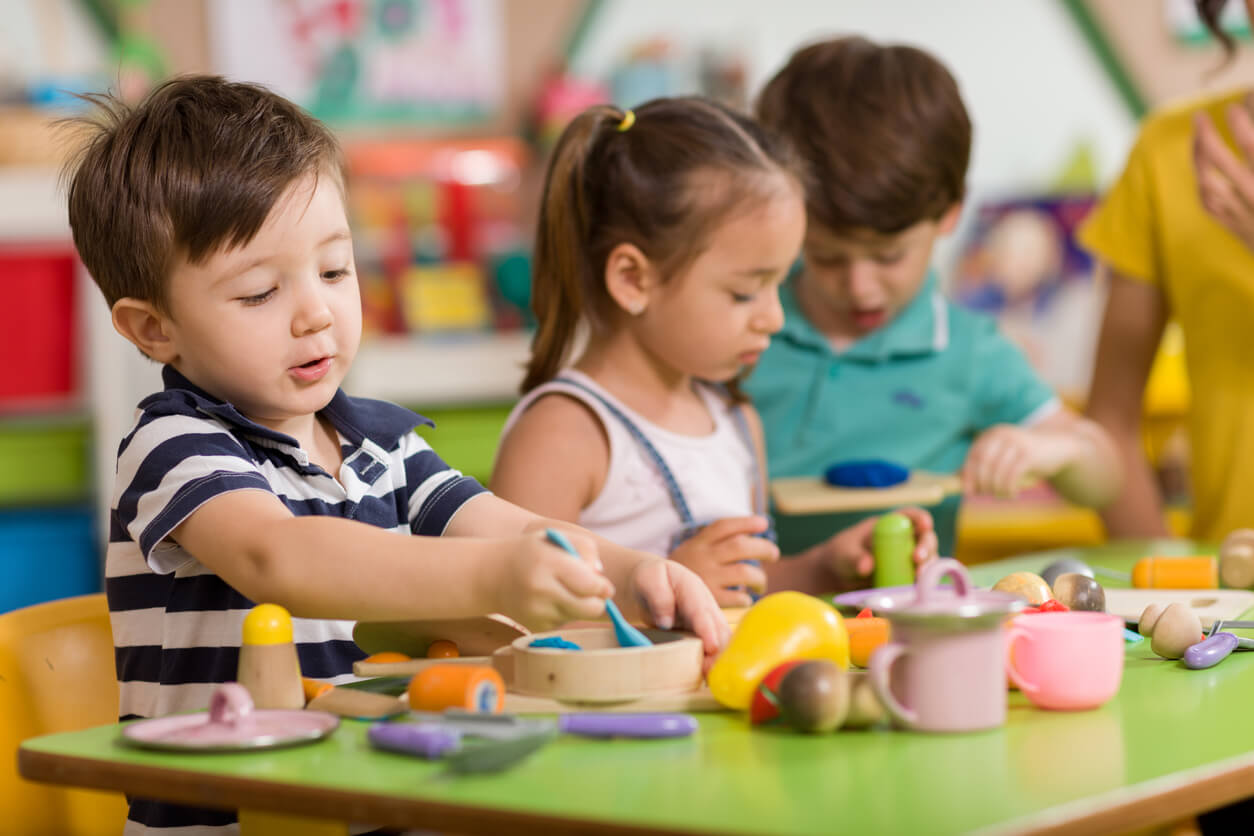How to Foster Camaraderie in the Classroom

Camaraderie in the classroom is fundamental in order to generate a pleasant and comfortable environment. It’s a value that has a positive impact on a collective and individual level. It also encourages aspects such as solidarity, cooperation, and empathy. Therefore, it’s important for educators to foster camaraderie in the classroom.
It’s clear to every teacher that conflicts among peers are to be expected and inevitable. In fact, problematic situations in the classroom require teachers to pause the class to open spaces for dialogue about what’s happening among peers. In this way, children acquire problem-solving skills that will be significantly useful to them as they grow up.
Find out how to foster camaraderie in the classroom
Being a peer supporter involves being able to register the needs of others and provide help whenever and wherever possible. It involves being available to listen to or support another, regardless of one’s level of affinity. As teachers, we can implement a variety of techniques to make companionship in the classroom not the exception but the rule.
Instilling empathy
A sense of empathy is essential to any successful human bond. To feel at ease in a relationship with friends or classmates, it must be present.
In class, we can cultivate this skill through proposals that involve putting ourselves in the other’s person’s place, understanding their feelings, and respecting them without judgment. The analysis of stories or role-playing is a great idea to enhance the development of empathy, one of the components of emotional intelligence .
Propose group activities

Group dynamics are a great help to stimulate companionship among students. A heterogeneous classroom, where communication and collaboration prevail, translates into children with a sense of solidarity and commitment to one another.
Generate moments of dialogue
It’s essential not to turn a deaf ear to situations of conflict between students. Many times, the problems that arise in the classroom derive from attitudes associated with a lack of camaraderie.
In these cases, it’s necessary to share the facts so that each student can express their emotions and opinions. Sometimes, dialogue should only take place among the children involved, while in others, it’ll be enriching to enable the conversation to the whole group. Respect and compassion should always be prioritized.
Set an example with your colleagues in order to foster camaraderie among your students
If you work in an educational institution, you have colleagues around you with whom you share your work days. Although students aren’t present at teacher meetings or gatherings, they generally perceive the energy that exists among teachers.
We know that children observe the actions of the adults around them with great attention. This means that, if we want to teach values, oral messages must be backed up by concrete actions. Assuming a generous and empathetic stance with others won’t only contribute to a good work climate, but will also have a positive impact on children. They’ll notice that their teachers have a good relationship and that they help one another.

Working on tolerance
In schools, children share spaces with others for a few hours a week. That is, they coexist with other children who, although they may have many aspects in common, also have differences. In this regard, in order to foster camaraderie, it’s essential that you work with them on the importance of tolerance and respect for diversity.
At the same time, it’s important to be careful when giving class instructions and avoid rivalry among children. For example, it’s better to avoid messages such as “The first one to finish the activity gets a prize,” or “You should do the exercise just like so and so did”. In this regard, the first to respect the individuality of each student are the teachers.
A daily task
It’s not very logical to think that camaraderie can be installed in the classroom overnight. On the contrary, daily work is required to take advantage of the daily situations that occur at school. As you can see, you can foster it explicitly, through dialogue; or indirectly and implicitly, by using playful proposals that enrich the sense of empathy and solidarity.
All cited sources were thoroughly reviewed by our team to ensure their quality, reliability, currency, and validity. The bibliography of this article was considered reliable and of academic or scientific accuracy.
- Chacón, J. P., & Marí, M. L. (2013). Los grupos interactivos como estrategia didáctica en la atención a la diversidad. Ensayos: Revista de La Facultad de Educación de Albacete, (28), 197-211.
- Henriquez Henriquez, O. L. (2000). Afirmación de valores partiendo de la reflexión y del fomento del compañerismo a través de la clase de castellano.
